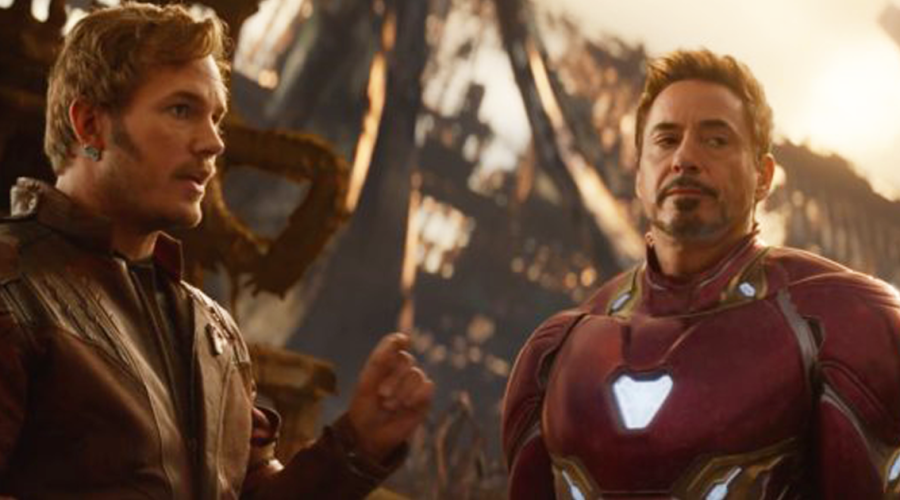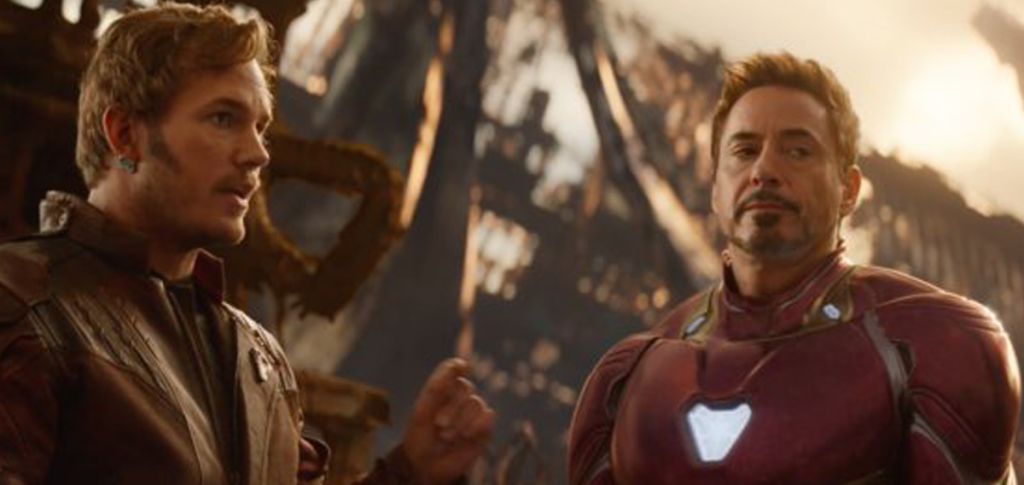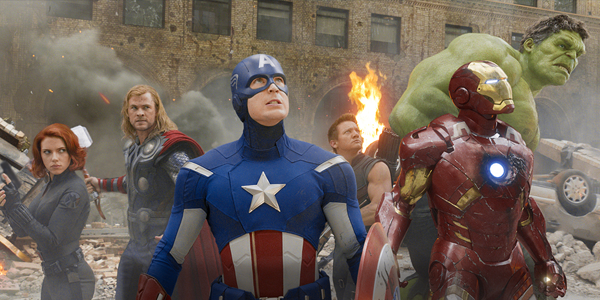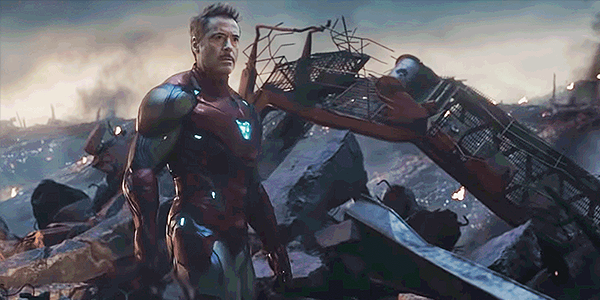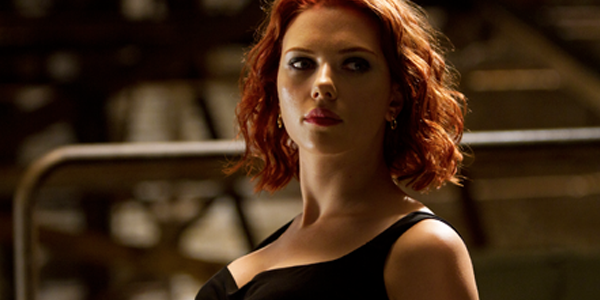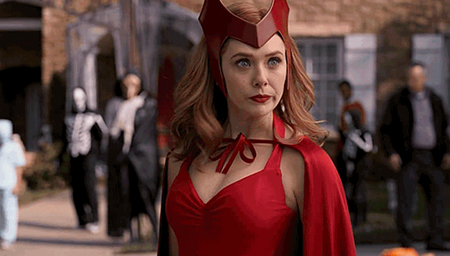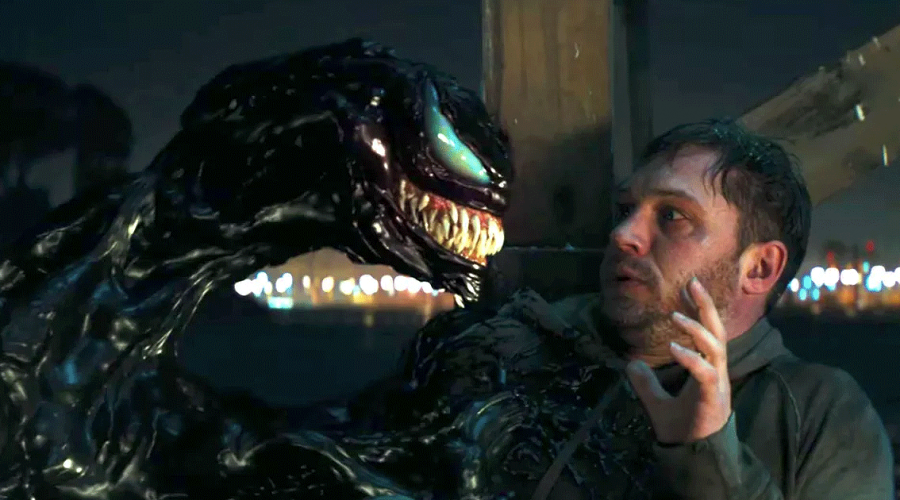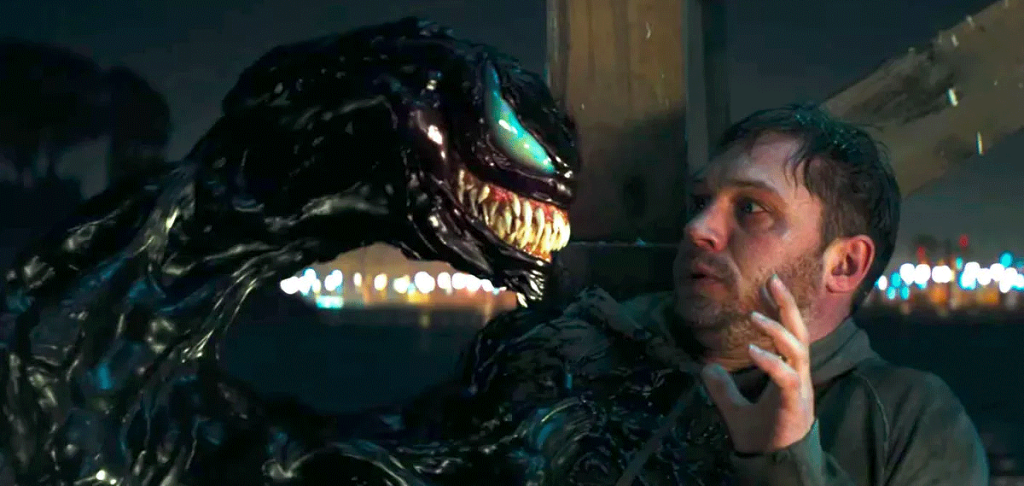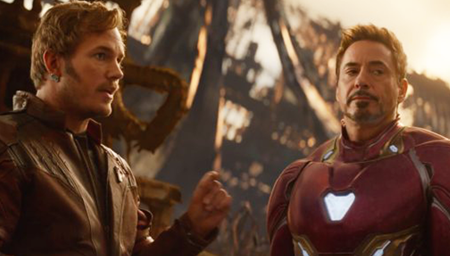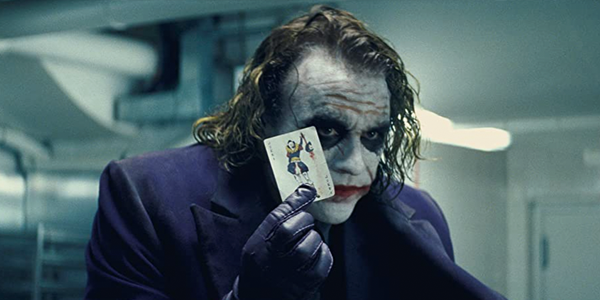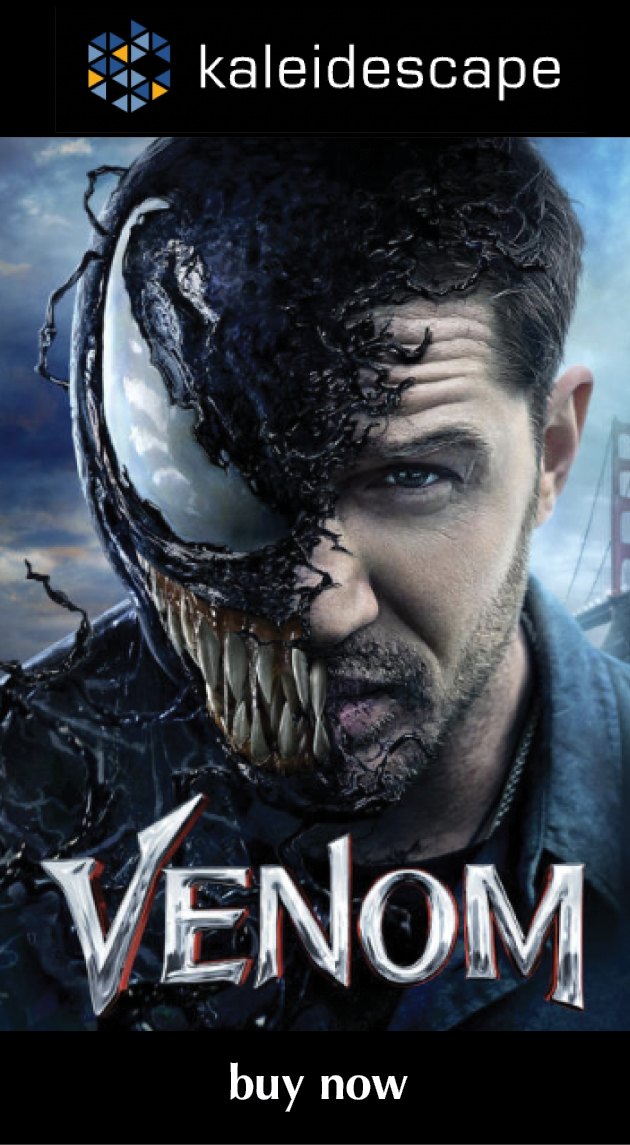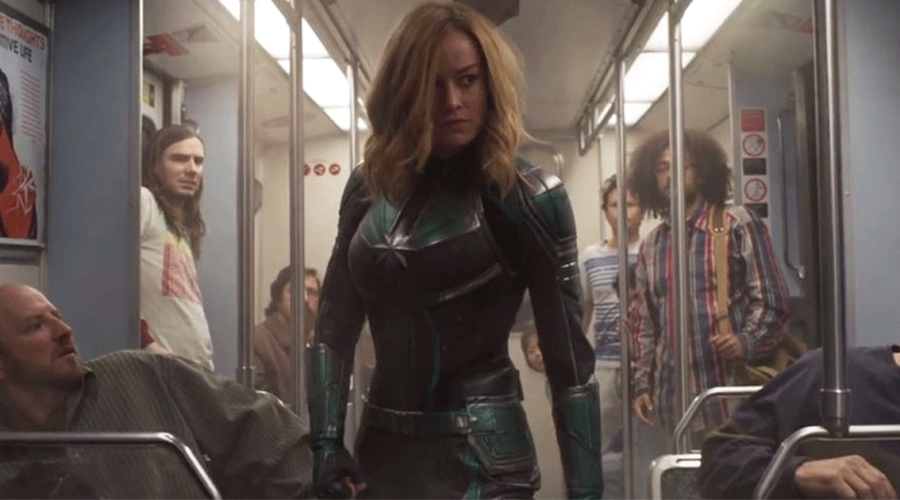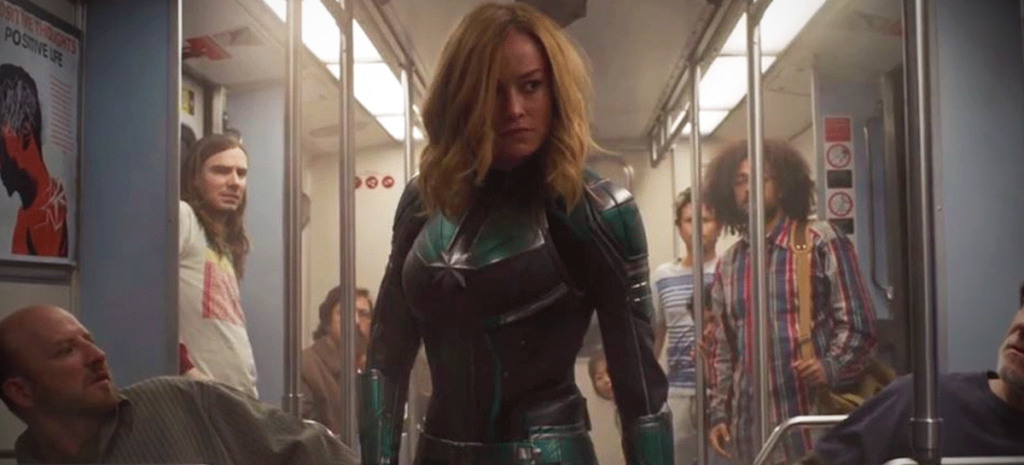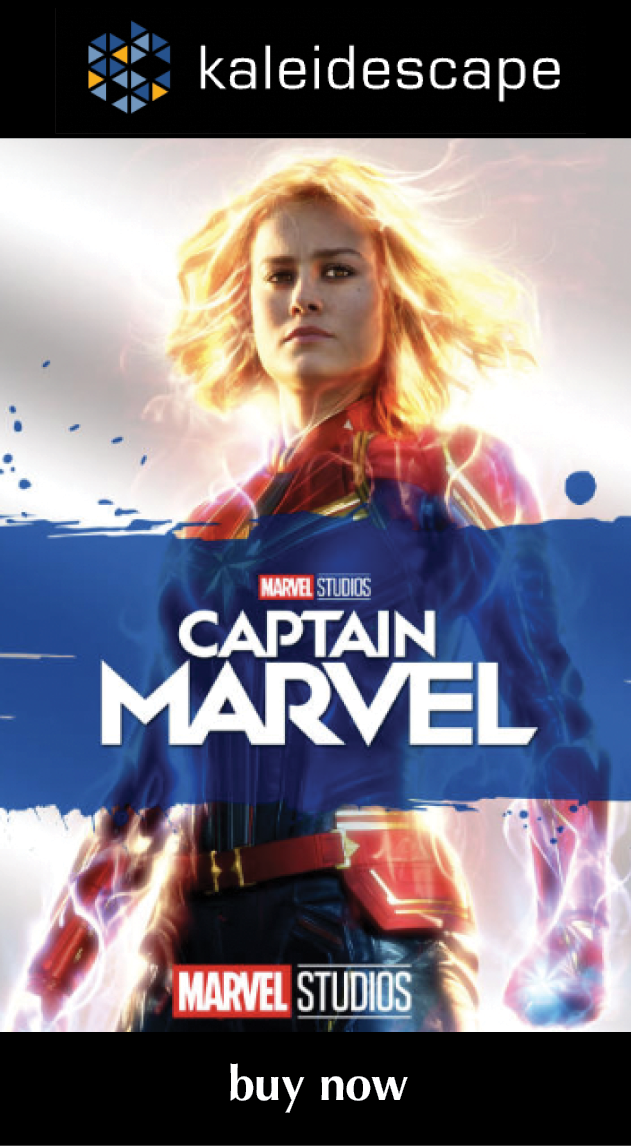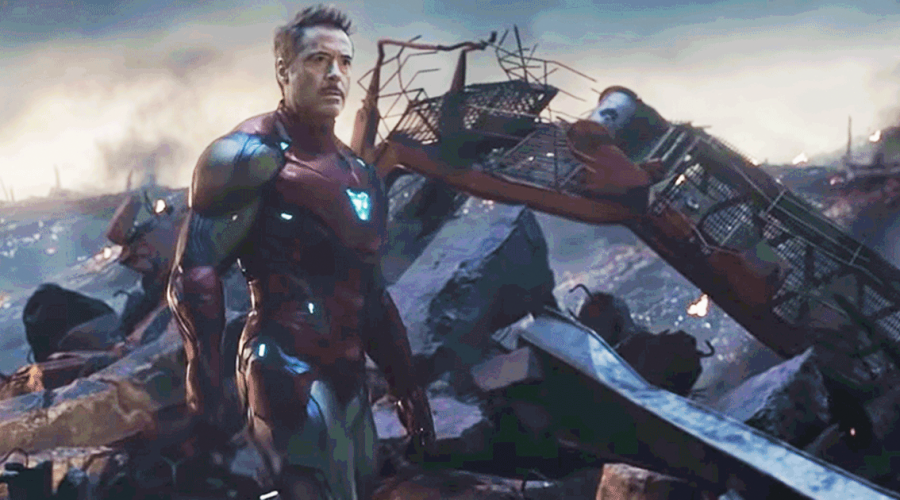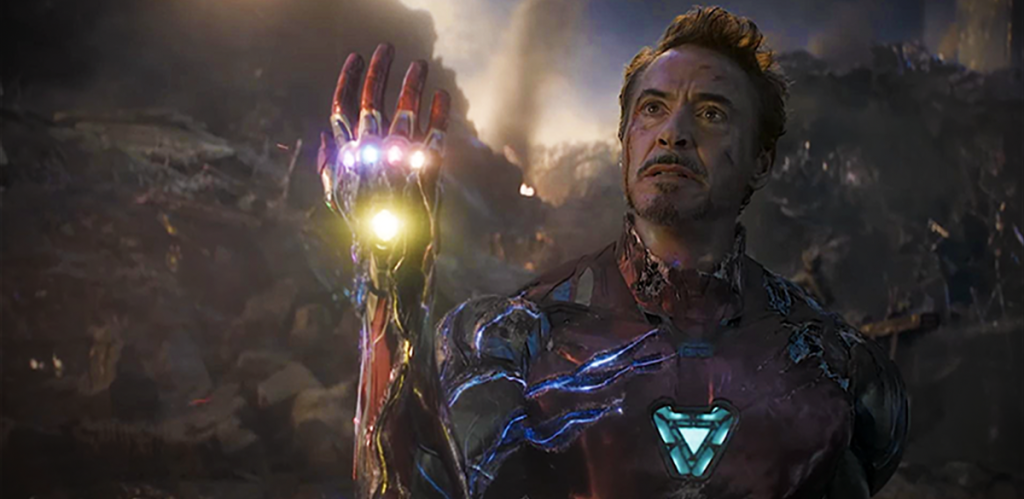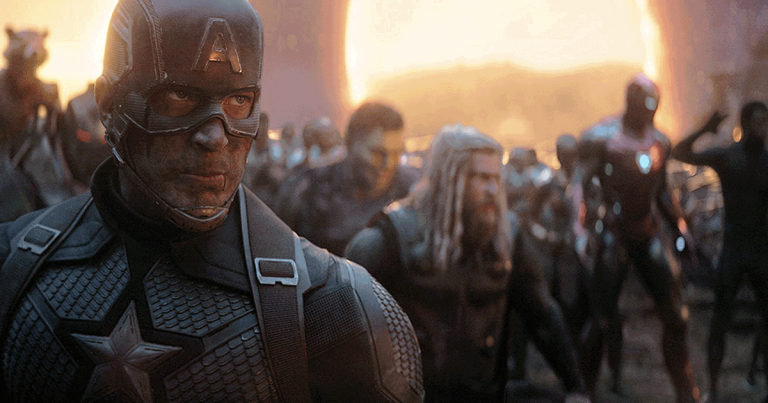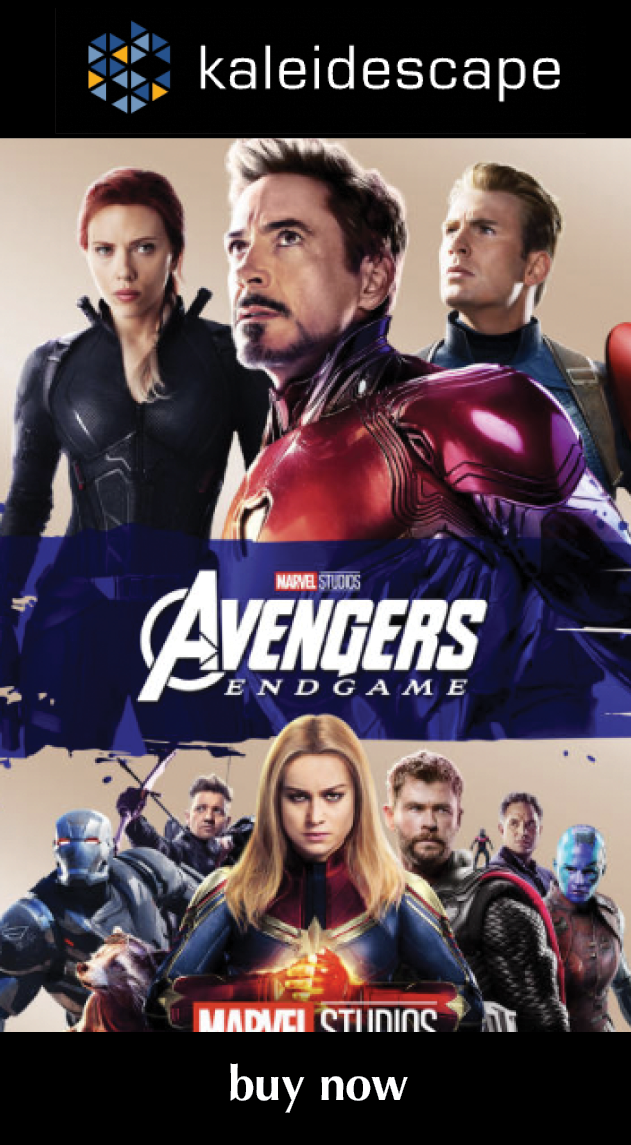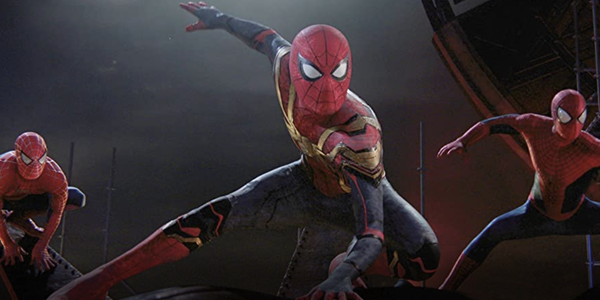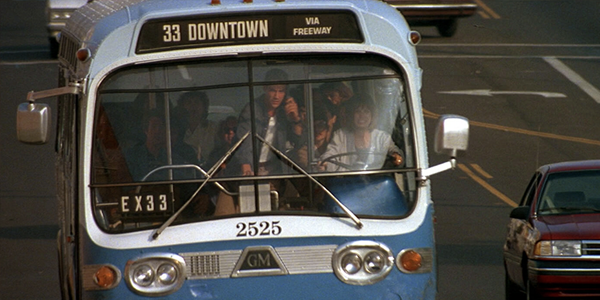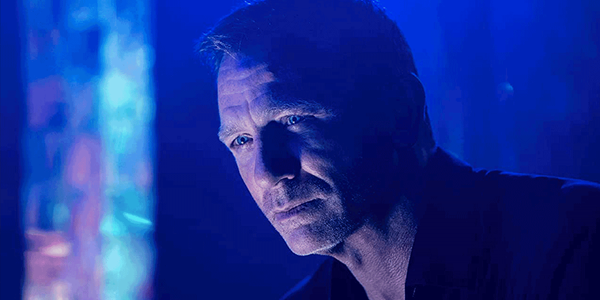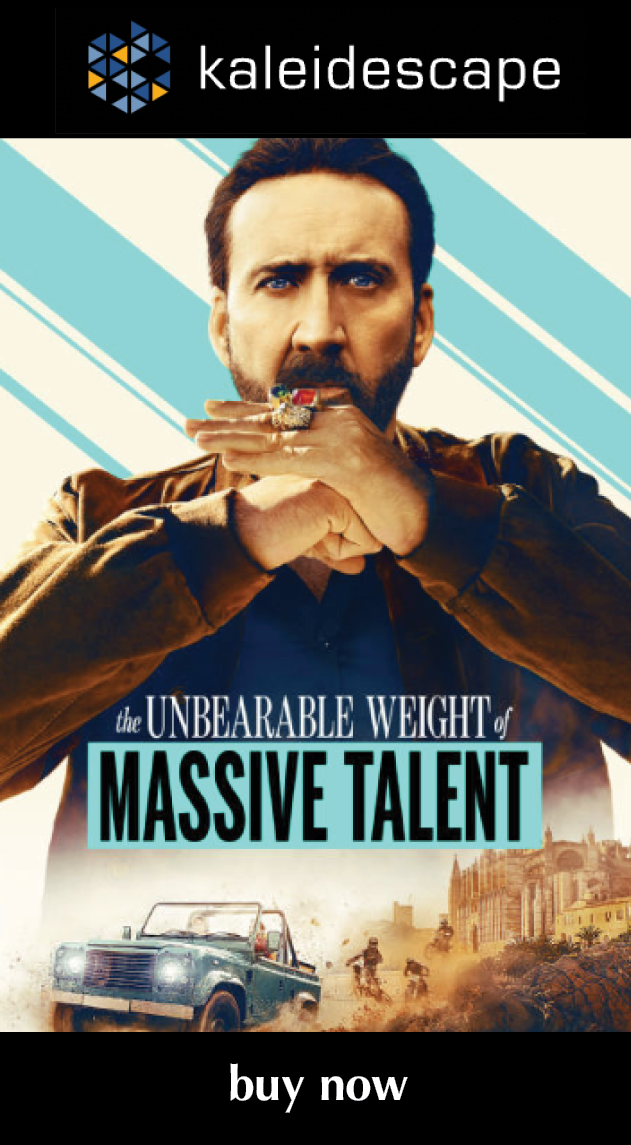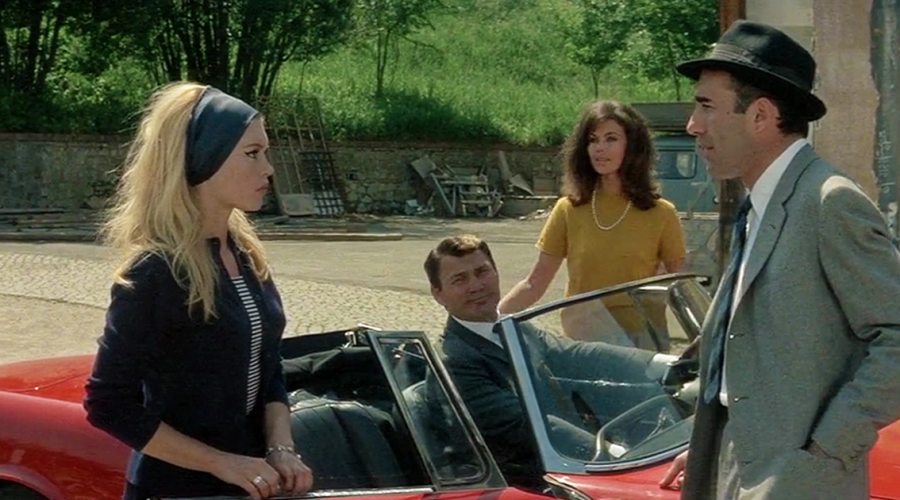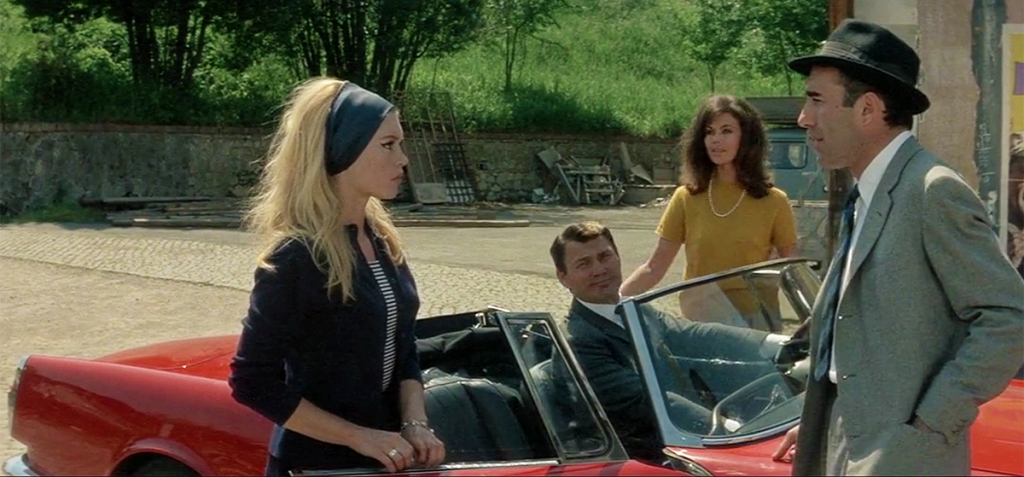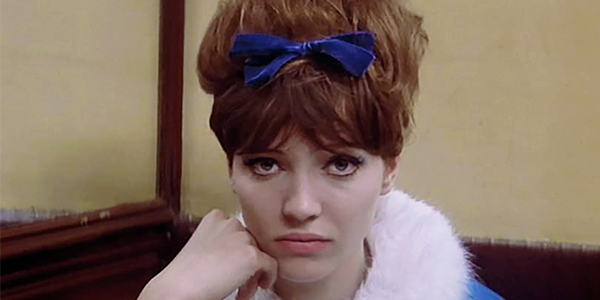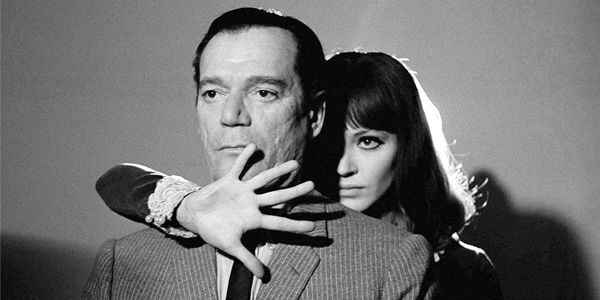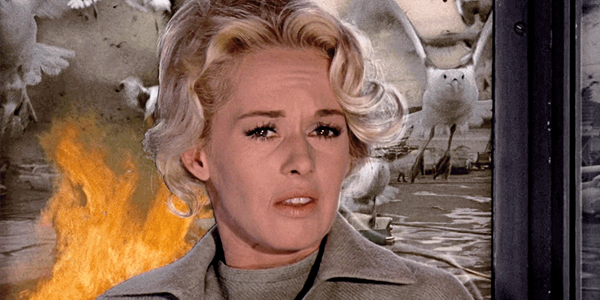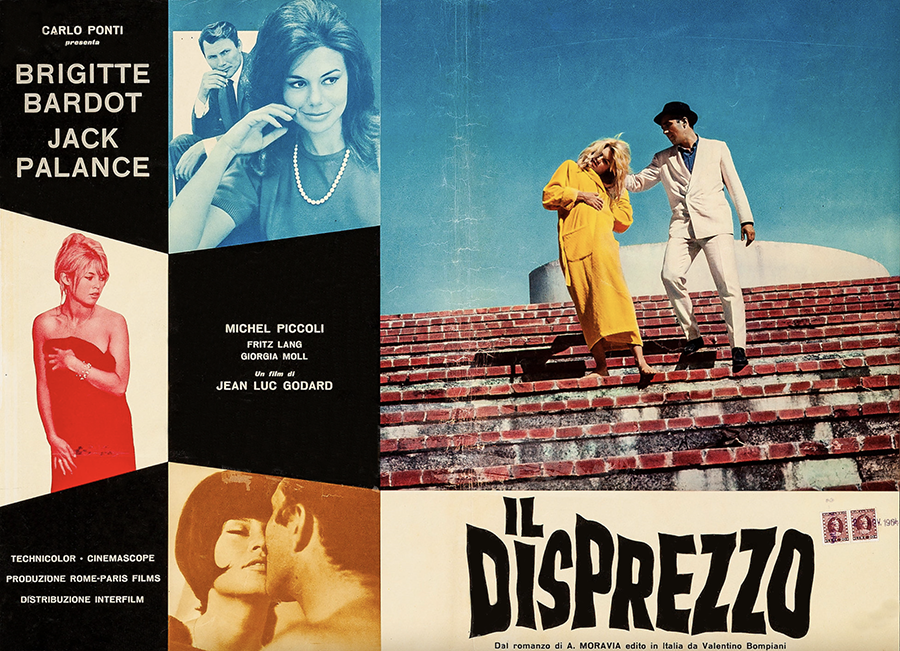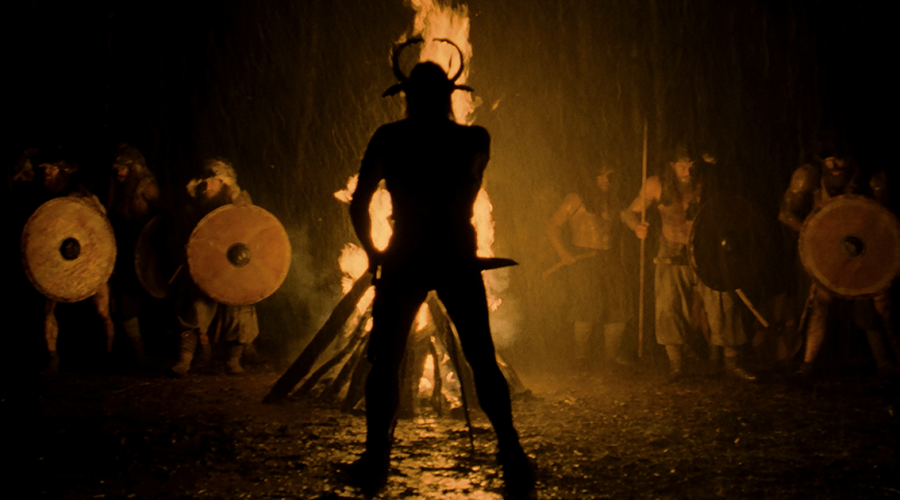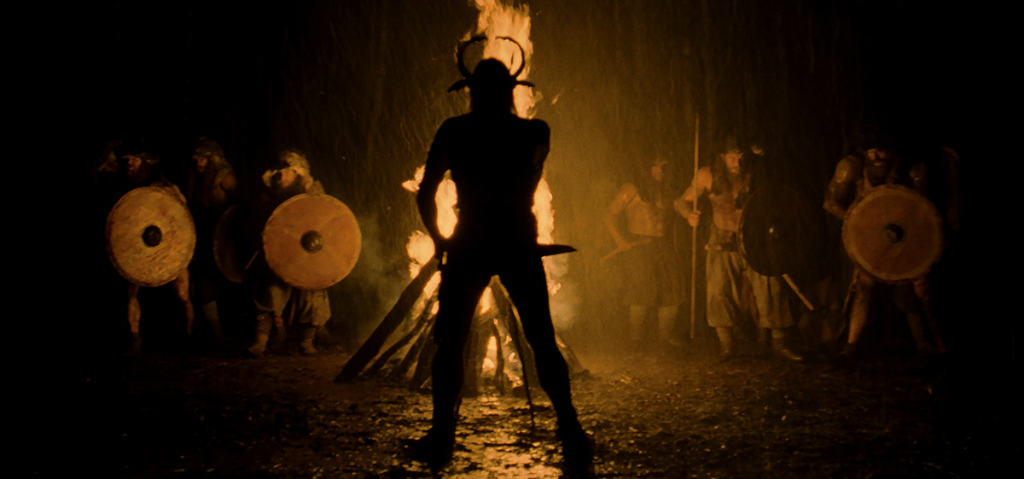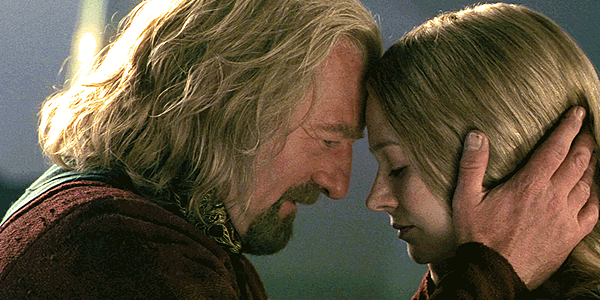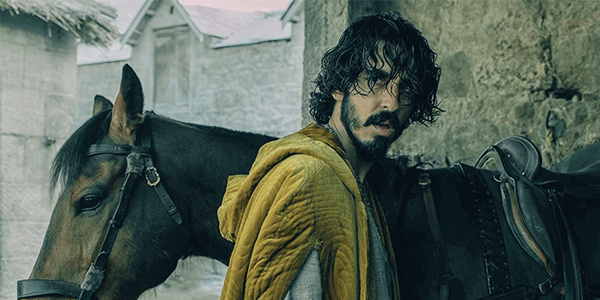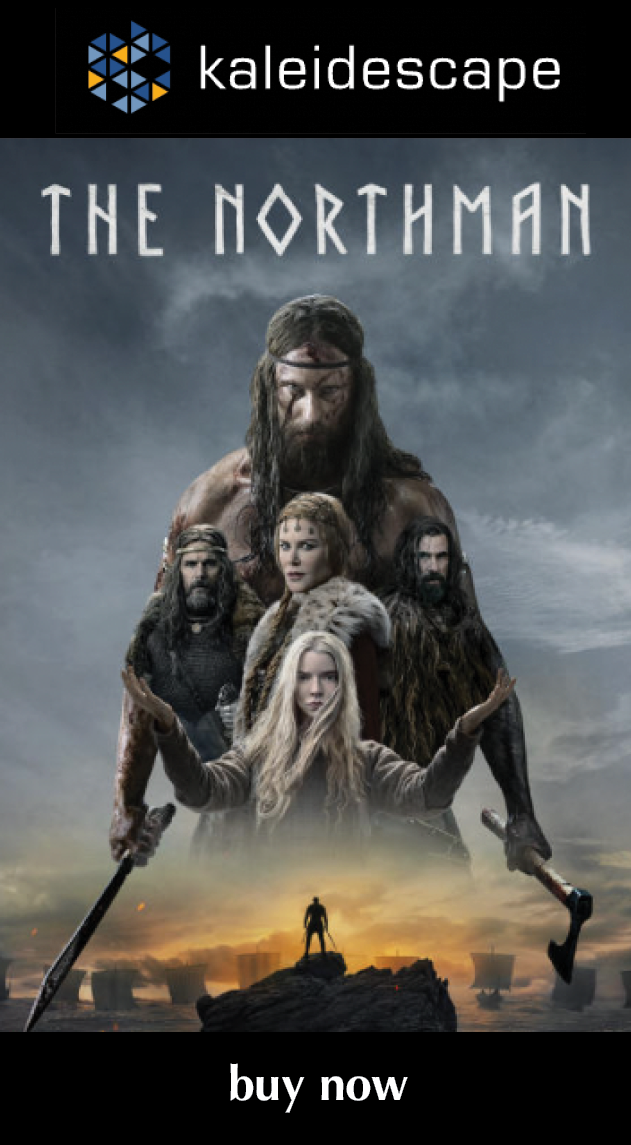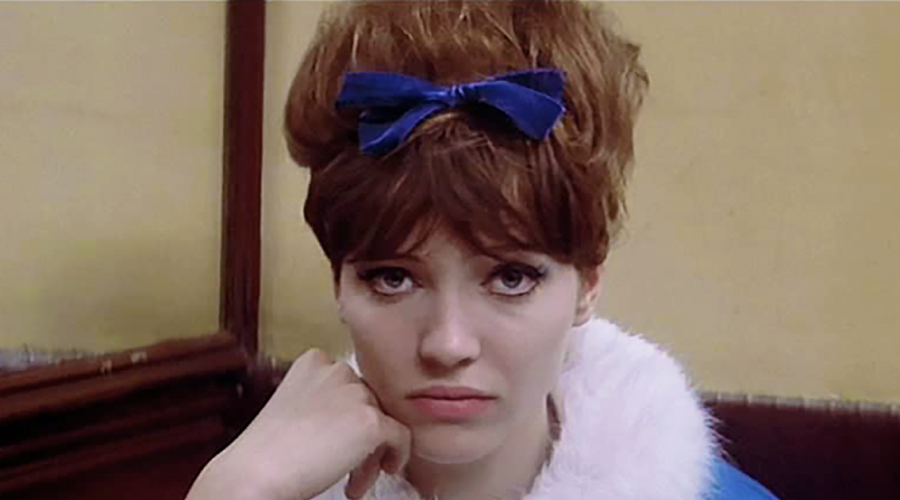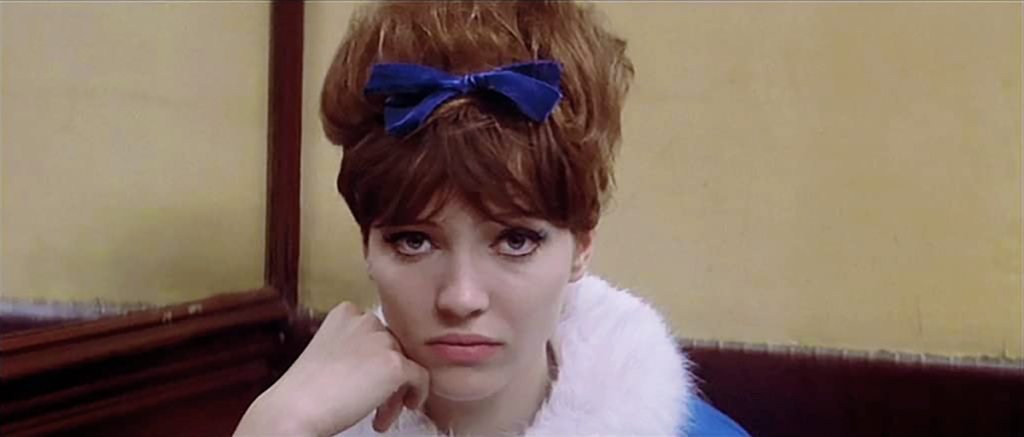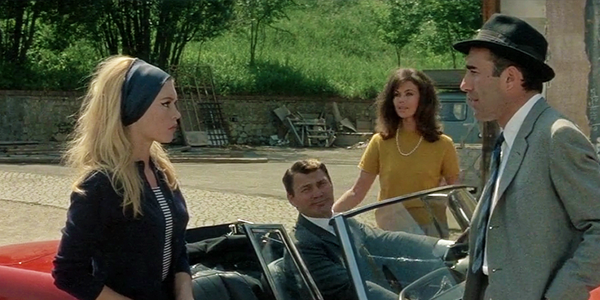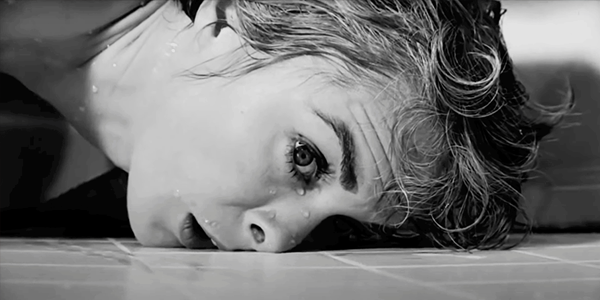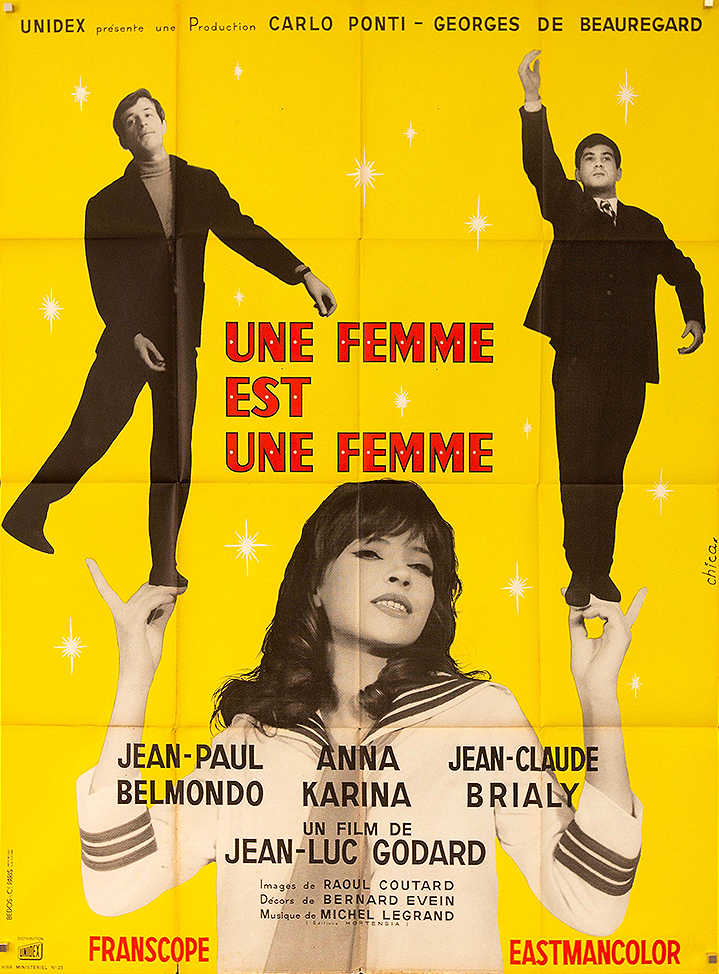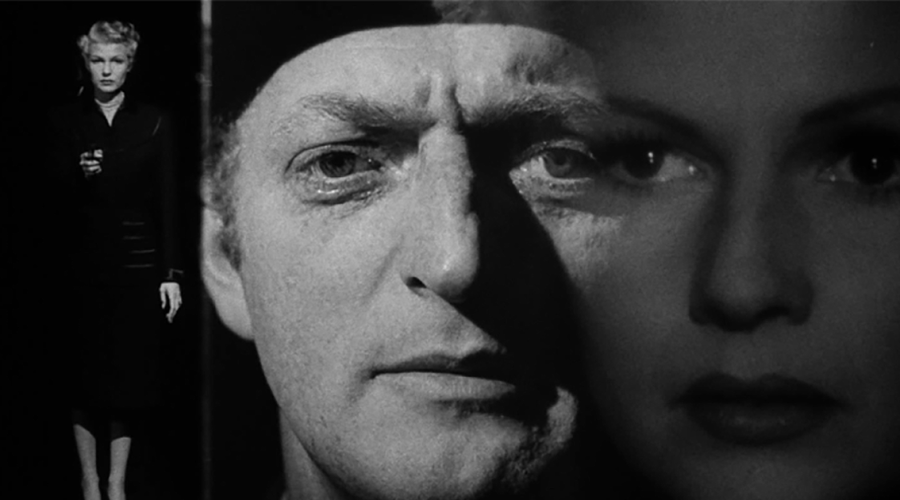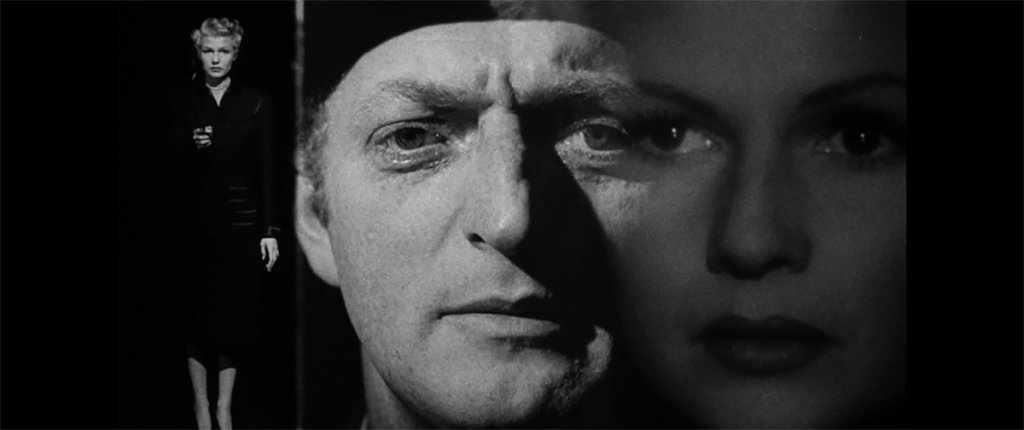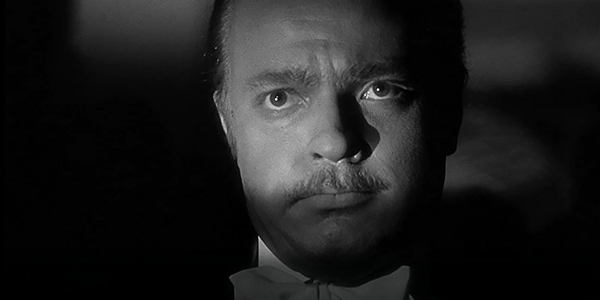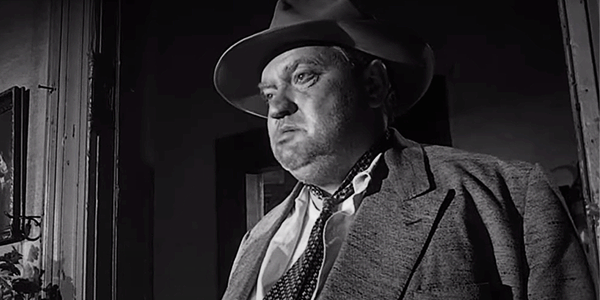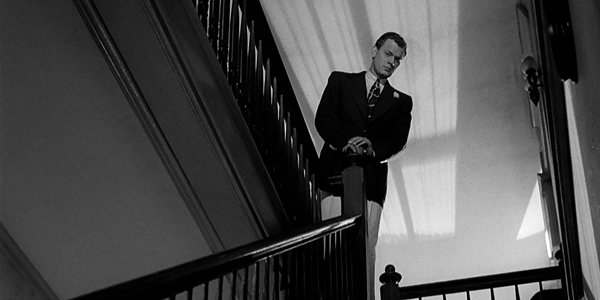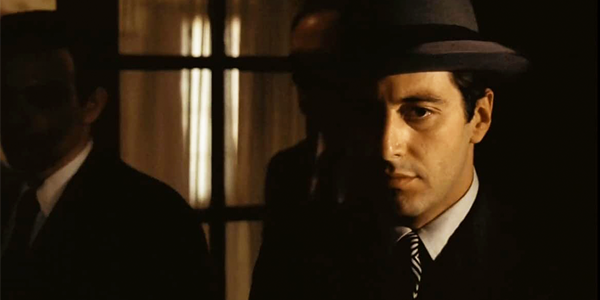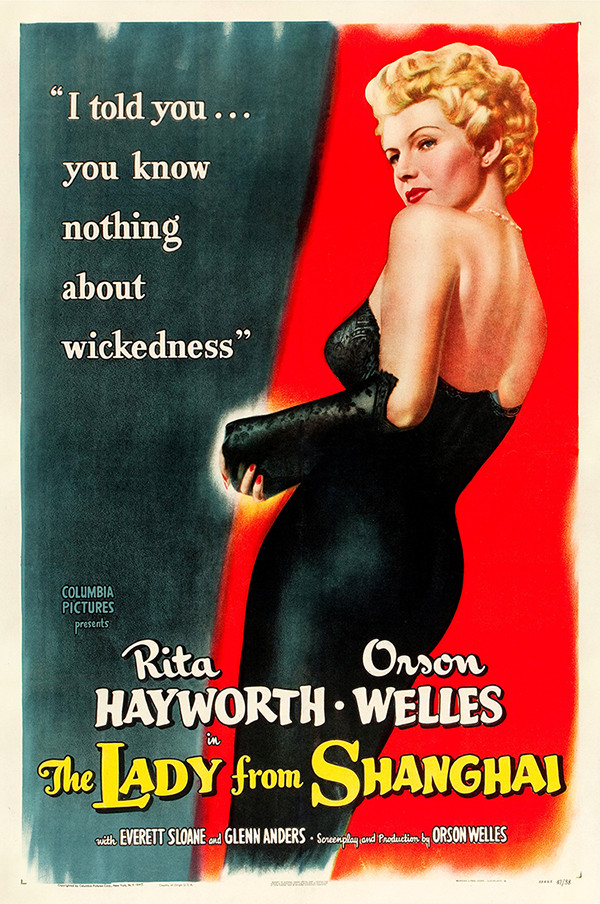How to Cram for Infinity War in as Few Films as Possible
the MCU on Cineluxe
related articles
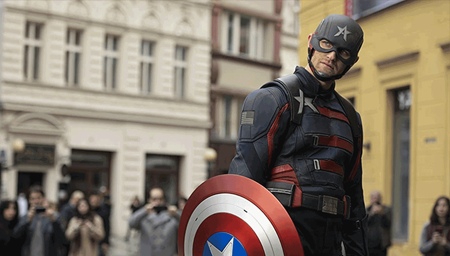
Prepping for Infinity War shouldn’t require wading back through the whole MCU—here are 6 films that will take you straight to the head of the line
by Dennis Burger
April 24, 2018
Like many of you, I’m sure, I already have my tickets to see Avengers: Infinity War this weekend. Unlike most of you, I hope, I won’t be using those tickets. A nasty abscess and a brief flirtation with sepsis have nipped those plans right in the bud. But oddly enough, this unintentional timeout has given me a chance to do something I probably wouldn’t have had time for otherwise: Actually prepare myself for the movie.
Mind you, I don’t have time, nor the desire, to watch every Marvel Cinematic Universe film leading up to Infinity War. But it is the 19th in the series and the culmination of every one of the films before it, so the assumption is that you’ve seen most if not all of them at some point since their release. And I have; I simply need a refresher to get me in the right mental and emotional space heading into this monumental event film.
So, while my buddy Dave was sitting by my side in the hospital last night, patting my head and asking if he could have all my Hot Toys figures if this whole thing goes south, we brainstormed the lazy nerd’s essential viewing guide for heading into Infinity War. Good nerds that we are, we had rules, of course.
First rule: Six films, max. Reason: So people can actually get this marathon done before this weekend.
Rule B: We’re not worried about the location and particular powers of every Infinity Stone (the powerful gems, remnants of six singularities that pre-exist our universe, which have served as MacGuffins for many Marvel films to date and which give Infinity War its name). Reason: You’d literally have to watch nearly every Marvel movie to get that, which violates Rule One. Plus, you can just look up any number of YouTube videos about the Infinity Stones and catch up that way.
Rule the Third: Try to include as many relevant characters as possible in as few films as possible without having to watch Avengers: Age of Ultron. Reason: Age of Ultron was just terrible. No, seriously, y’all—that was a bad movie.
Rule 4: This list has to work equally well for people who’ve seen all the films and people who haven’t. Reason: Because some people haven’t.
So, with those rules in mind (and with a morphine drip in my arm, so take it for what you will), here’s my list of films that should serve as a quick refresher course in the overall state of the Marvel Cinematic Universe leading up to the events of Infinity War.
Captain America: Winter Soldier. Nope, don’t you dare blame the morphine for this one. I realize Winter Solider is a fully terrestrial film with no hint of the cosmic or mystic sides of the MCU that are obviously going to be so important in the new film. But it’s essential viewing because it sets the stage for everything that happens to Earth’s Mightiest Heroes in the years that follow it. On top of that, it’s simply one of the best action movies ever made (and a pretty solid espionage flick at that), irrespective of its status as a Marvel movie.
Winter Soldier is also an essential re-watch because Captain America: Civil War doesn’t make much sense without it, and Civil War is really the film that leaves the Avengers in the personal, emotional, and legal states they’re in heading into Infinity War. If you can’t quite figure out why Captain America looks like The Walking Dead’s Rick Grimes in the Infinity War trailer, this one has your essential reminders. Civil War also serves as Spider-Man’s introduction to the MCU, and he looks to play an incredibly important part in the new film. (For what it’s worth, you can watch Spider-Man: Homecoming on its own if you want. It’s a hoot and a half. But it’s not essential viewing for the purposes of Infinity War prep.)
Next up: Guardians of the Galaxy, a film high in the running for best pop-music soundtrack of all time, and also our best glimpse at who this big, bad villain named Thanos really is, what he wants, and what he’s willing to do to get it. What’s perhaps most interesting is that we learn less about Thanos from his actual screen time than we do by watching his favorite “daughters,” Nebula and Gamora, who play central roles in this one.
And you just have to follow that up with Guardians of the Galaxy Vol. 2. Dave reached over to check my temperature when I threw this one out, because it’s not an obvious pick. It has less to do with Thanos and the Infinity Stones than its predecessor. But again, it goes back to learning about Thanos by proxy. The interactions between Nebula and Gamora in this film tell you a lot about who the Mad Titan is. Vol. 2 also sneaks in a lot of history about the cosmic side of the MCU that I have a sneaking suspicion will become way more relevant in this upcoming film.
Of course, you also need a heaping helping of immersion in the mystic side of this universe, and for that we turn to Doctor Strange. I’ve seen more than a few headlines recently along the lines of “Why Doctor Strange is Important to Infinity War,” and I haven’t clicked on any of them. Because spoilers, duh. But I can tell you it’s a pretty safe bet the Time Stone featured so prominently in this film is at least one of the reasons Thanos’ sights are set on Earth in the new film. So, if nothing else, consider this (along with Guardians of the Galaxy) your essential primer on the power of Infinity Stones individually. It also has Rachel McAdams in it. Rawr.
Last up, Thor: Ragnarok, the film that, as best I can tell, leads right into Infinity War. It also answers the important questions: Where the heck were Thor and Hulk during Civil War? And how are they gonna get back to Earth? Also, make doubly sure you stick around for the mid-credits scene. But seriously, you should already know that by now.
Dennis Burger is an avid Star Wars scholar, Tolkien fanatic, and Corvette enthusiast who somehow also manages to find time for technological passions including high-end audio, home automation, and video gaming. He lives in the armpit of Alabama with his wife Bethany and their four-legged child Bruno, a 75-pound American Staffordshire Terrier who thinks he’s a Pomeranian.
Sign up for our monthly newsletter to stay up to date on Cineluxe
© 2023 Cineluxe LLC
